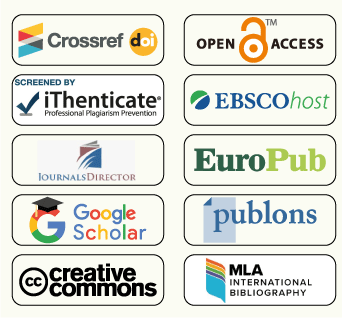Media and information literacy to counter disinformation
Abstract
Over the past decade there is increasing recognition and acceptance that technological advancement and explosion of media and other information providers, including those on the Internet, have made it urgent for all citizens to acquire media and information competencies. Survival in knowledge societies requires that women, men, children and youth, in general all citizens, have the competencies to purposefully navigate the flood of information, decipher media messages they meet with, and to create and participate in media and interact online despite their race, gender, age, beliefs, ability or location.
This rapid growth in technologies and media has opened up new forms of citizen engagement. Women/girls and men/boys’ use of social networking platforms has created a virtual second world. Meanwhile a large number of studies show that citizens do not have the competencies to effectively exploit the opportunities provided by this virtual world and at the same time minimize the potential risks. The risks are connected to the reliability of information, privacy, safety and security issues, and potential abuse of media, the Internet and other information providers.
The spread of disinformation and ‘fake news’ poses a serious challenge for people in different countries, especially in the Arab World. This situation is even more serious in our part of the world where our young people in general use the new media with a kind of addiction. Students in particular and indeed all citizens need to develop pertinent competences to navigate these fast-changing environments and in order to be able to be empowered against “fake news”, "rumors" and "hate speech" spread all over the digital media.
Education in media literacy can have positive outcomes on students’ knowledge, skills and attitudes in analyzing and critically understanding the media and disinformation/misinformation. Media and information literacy competences are also required in order to enable citizens to actively participate in democratic society; these competences enable citizens in general to access, understand and deal with the media, and encourage them to become participatory agents.
Media and Information Literacy empowers citizens, including children and youth, with competencies related to media, information, information and communication technology (ICT) and other aspects of literacy which are needed for 21st century. These competencies include the ability to: access, find, evaluate, use the information they need in ethical and effective ways; understand the role and functions of media and other information providers such as libraries, museums and archives, including those on the Internet, in democratic societies and in the lives of individuals; understand the conditions under which media and information providers can fulfil their functions; critically evaluate information and media content; engage with
media and information providers for self-expression, life-long learning, democratic participation, and good governance; and update skills (including ICTs skills) needed to produce content, including user-generated.
Full Text:
PDFDOI: http://dx.doi.org/10.21622/ilcc.2022.02.2.083
Refbacks
- There are currently no refbacks.
Copyright (c) 2024 Samy Abdel Raoof Tayia

This work is licensed under a Creative Commons Attribution-NonCommercial 4.0 International License.
Insights into Language, Culture and Communication
E-ISSN: 2812-491X
P-ISSN: 2812-4901
Published by:
Academy Publishing Center (APC)
Arab Academy for Science, Technology and Maritime Transport (AASTMT)
Alexandria, Egypt
ilcc@aast.edu

